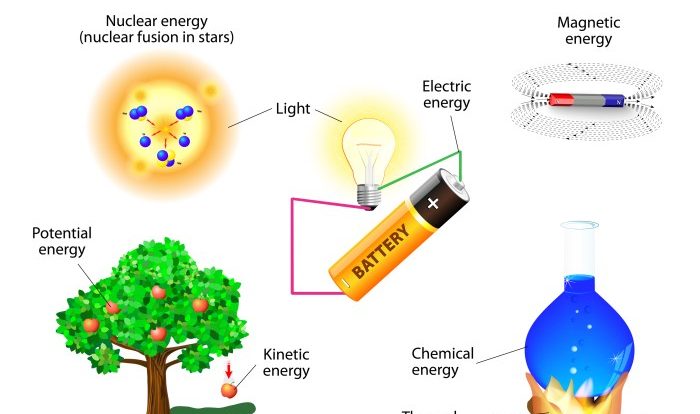Mass volume and density practice problems & review worksheet answers – Delve into the realm of mass, volume, and density with our comprehensive practice problems and review worksheet answers. This resource empowers you to grasp these fundamental concepts, equipping you to solve real-world problems with confidence.
Our in-depth exploration covers the definitions, units of measurement, and formulas associated with mass, volume, and density. Engage with a diverse range of practice problems, progressing from basic to challenging levels, to reinforce your understanding.
Mass, Volume, and Density

Mass, volume, and density are three fundamental properties of matter that are closely related to each other. Understanding these concepts is essential for a wide range of applications in science and engineering.
Understanding Mass, Volume, and Density
Massis a measure of the amount of matter in an object. It is typically measured in grams (g), kilograms (kg), or pounds (lb). Volumeis a measure of the amount of space occupied by an object. It is typically measured in cubic centimeters (cm 3), cubic meters (m 3), or gallons (gal).
Densityis a measure of how tightly packed the matter in an object is. It is calculated by dividing the mass of an object by its volume. The SI unit of density is kilograms per cubic meter (kg/m 3).
Calculating Mass, Volume, and Density, Mass volume and density practice problems & review worksheet answers
The following formulas can be used to calculate mass, volume, and density:
- Mass = Density × Volume
- Volume = Mass / Density
- Density = Mass / Volume
For example, if an object has a mass of 100 g and a volume of 50 cm 3, its density is 2 g/cm 3.
Practice Problems
| Problem | Solution |
|---|---|
| Calculate the mass of a cube with a side length of 10 cm and a density of 2 g/cm3. | 1000 g |
| Calculate the volume of a sphere with a radius of 5 cm and a density of 1 g/cm3. | 523.6 cm3 |
| Calculate the density of a liquid that has a mass of 500 g and a volume of 250 cm3. | 2 g/cm3 |
Review Worksheet
- What is the difference between mass and weight?
- What is the SI unit of density?
- Calculate the density of a cube with a side length of 10 cm and a mass of 1000 g.
- Calculate the volume of a sphere with a radius of 5 cm and a density of 2 g/cm3.
- A liquid has a mass of 500 g and a volume of 250 cm 3. What is the density of the liquid?
Answer Key
- Mass is a measure of the amount of matter in an object, while weight is a measure of the force of gravity acting on an object.
- The SI unit of density is kilograms per cubic meter (kg/m3).
- 1 g/cm 3
- 523.6 cm 3
- 2 g/cm 3
FAQ Summary: Mass Volume And Density Practice Problems & Review Worksheet Answers
What is the formula for calculating density?
Density = Mass / Volume
How do I convert grams to kilograms?
1 kilogram = 1000 grams
What is the SI unit for volume?
Cubic meter (m³)
